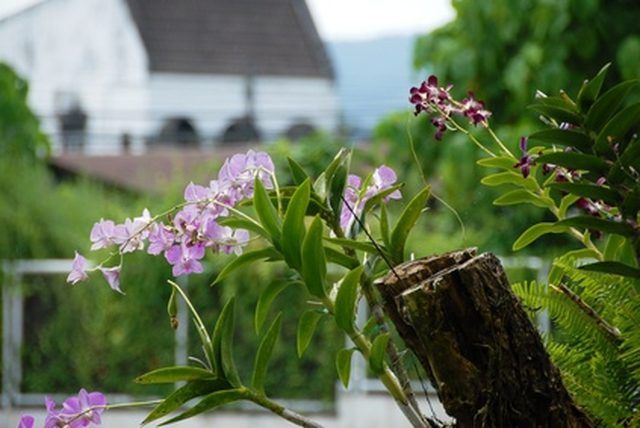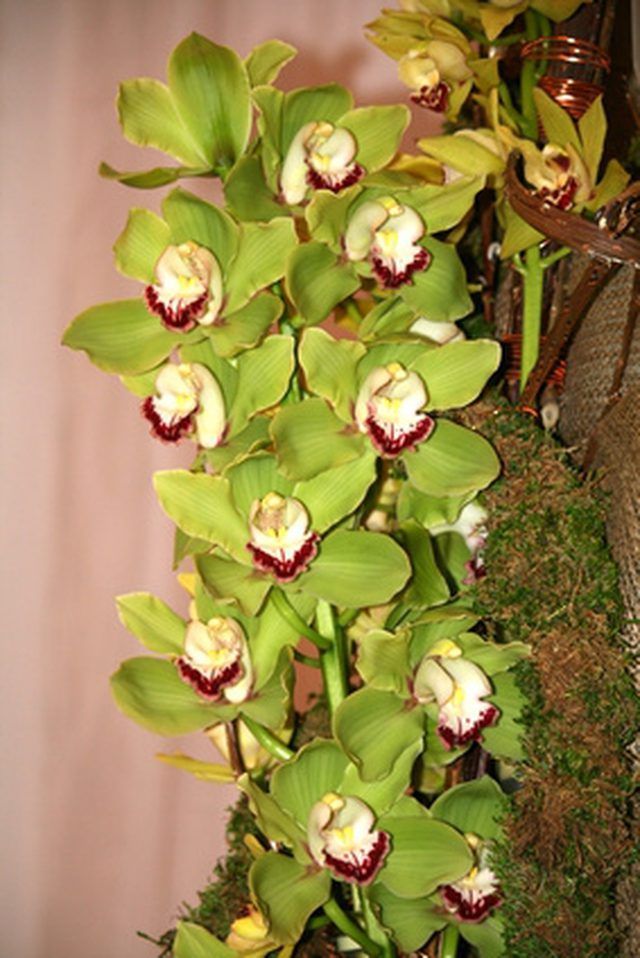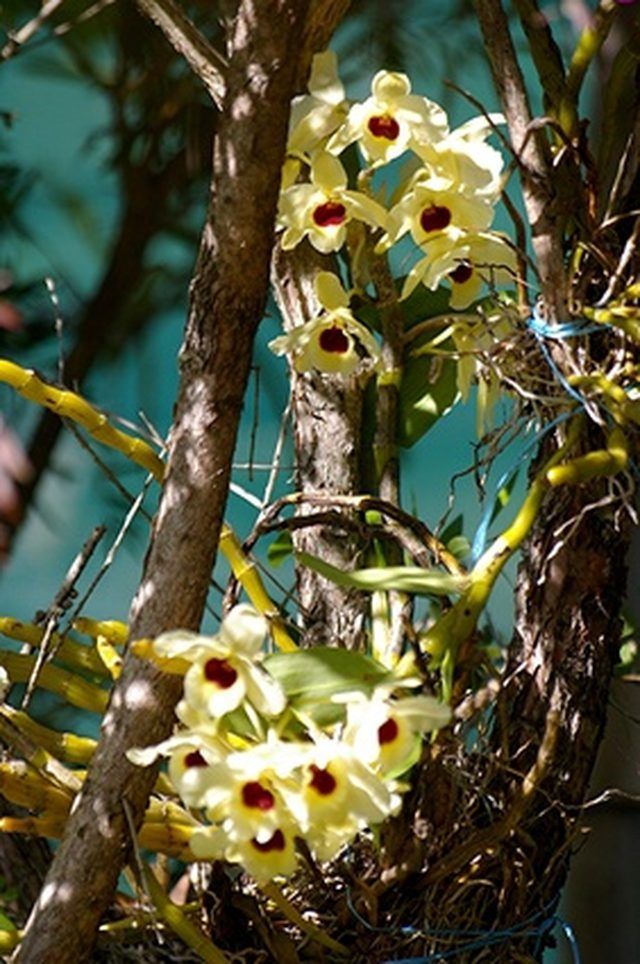Bulbs
Flower Basics
Flower Beds & Specialty Gardens
Flower Garden
Garden Furniture
Garden Gnomes
Garden Seeds
Garden Sheds
Garden Statues
Garden Tools & Supplies
Gardening Basics
Green & Organic
Groundcovers & Vines
Growing Annuals
Growing Basil
Growing Beans
Growing Berries
Growing Blueberries
Growing Cactus
Growing Corn
Growing Cotton
Growing Edibles
Growing Flowers
Growing Garlic
Growing Grapes
Growing Grass
Growing Herbs
Growing Jasmine
Growing Mint
Growing Mushrooms
Orchids
Growing Peanuts
Growing Perennials
Growing Plants
Growing Rosemary
Growing Roses
Growing Strawberries
Growing Sunflowers
Growing Thyme
Growing Tomatoes
Growing Tulips
Growing Vegetables
Herb Basics
Herb Garden
Indoor Growing
Landscaping Basics
Landscaping Patios
Landscaping Plants
Landscaping Shrubs
Landscaping Trees
Landscaping Walks & Pathways
Lawn Basics
Lawn Maintenance
Lawn Mowers
Lawn Ornaments
Lawn Planting
Lawn Tools
Outdoor Growing
Overall Landscape Planning
Pests, Weeds & Problems
Plant Basics
Rock Garden
Rose Garden
Shrubs
Soil
Specialty Gardens
Trees
Vegetable Garden
Yard Maintenance
Symbiotic Relationship of the Orchid and Tree
Symbiotic Relationship of the Orchid and Tree. Orchids are cultivated and prized by gardeners all over the world. According to the Brooklyn Botanic Garden, there are between 20,000 and 30,0000 different species of orchid in the world. In the wild, orchids can be found on every continent except Antarctica, though the great majority live in tropical...

Orchids are cultivated and prized by gardeners all over the world. According to the Brooklyn Botanic Garden, there are between 20,000 and 30,0000 different species of orchid in the world. In the wild, orchids can be found on every continent except Antarctica, though the great majority live in tropical and subtropical forests. About three quarters of all orchid species are epiphytes, which is a term that refers to plants that live and grow upon other plants. Orchids that grow on a host tree have a special kind of symbiotic relationship with it.
Symbiosis
Symbiotic relationships between organisms can take different forms. Marietta College describes three forms. Parasitism is a relationship where one organism, the parasite, receives or takes benefits at the expense of the host organism. Mutualism is a relationship where both organisms receive a benefit from the relationship. Commensalism is a symbiotic relationship where one organism receives benefits, but the other is unharmed. Most epiphytic orchids fall into this category.

Orchid Features
Like other plants, epiphytic orchids have leaves, stems, flowers and roots. According to the Brooklyn Botanic Garden, their root systems tend to be less extensive than plants that live on the ground but are capable of fast, efficient uptake of water and nutrients. Epiphytic orchids are also capable of storing water in their stems to compensate for dry periods. They tend to grow on parts of trees that collect organic debris and water, such as on inner branches. Trees with rough barks that hold water and humus in cracks and crevices tend to support orchids better than those with smooth barks.
Nutrition
Epiphytes need nutrients in order to survive, grow and reproduce. They acquire their nutrition in different ways. Some are capable of taking in everything they need directly from the air around them. Others glean water, minerals and nitrogen from the decaying organic matter of their host tree. According to the American Journal of Botany, some species rely on other organisms growing on the tree, such as fungi, for nutritional benefits. Other sources of nutrition include waste products from insects and birds.

Negative Effects
Although the epiphyte doesn't harm the host by taking away its nutrition, there are ways that the host tree can be affected. The Brooklyn Botanic Gardens describe how the sheer weight of a mass of epiphytic growth can cause damaging branch breakage. Some host trees with rough bark may shed pieces of their bark periodically, preventing the overgrowth of orchids and other epiphytic plants. Others produce chemicals that can inhibit or discourage epiphyte growth.
Positive Effects
Epiphytes increase the amount of moisture in the air, helping to keep the tropical rain forests humid. This is important in that it helps the rain-forest trees absorb nitrogen from the air. As described by the University of Missouri Extension, the uptake and utilization of nitrogen through the nitrogen cycle is essential to plant growth, function and reproduction.